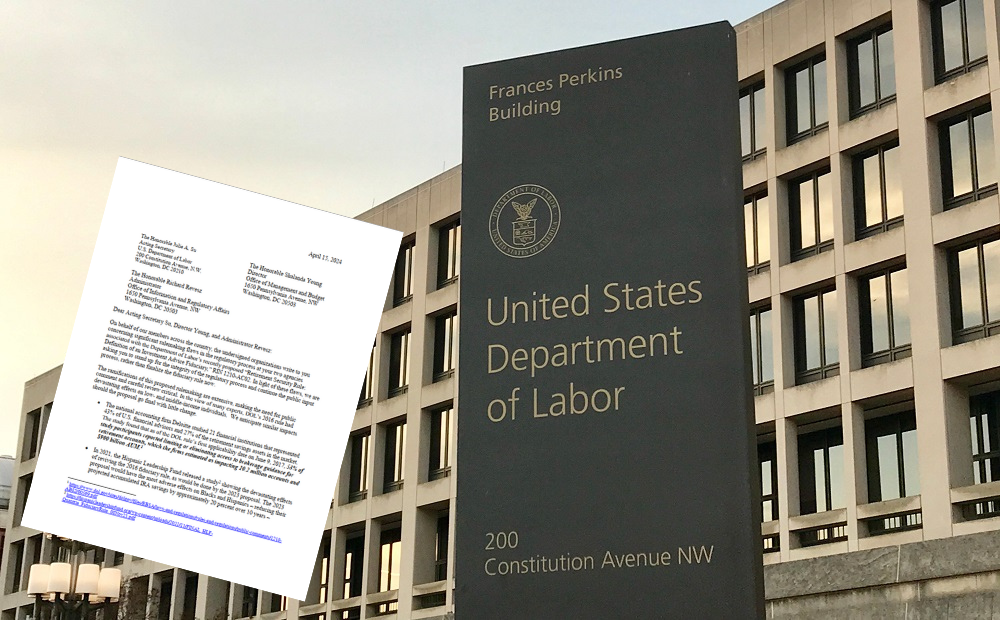On November 1, the Internal Revenue Service (IRS) announced the inflation-adjusted limits for contributions in 2025 to retirement and other benefit plans.
They are:
-
Defined Benefit Plan Annual Benefit: The maximum annual benefit payable under a defined benefit plan rises from $275,000 in 2024 to $280,000 in 2025.
-
QLACs: The dollar amount that can be paid for premiums on a qualified longevity annuity contract (QLAC) increases from $200,000 in 2024 to $210,000 in 2025.
-
401(k)/403(b)/457 Plan Deferral Limit: The amount employees can defer on a tax-free basis to their 401(k)/403(b)/457 plans will be $23,500 in 2025, up from $23,000 in 2024.
-
Catch-up Contributions: The catch-up contribution limit (except for those between the ages of 60 and 63) will remain at $7,500. The catch-up contribution limit for those between ages 60 and 63 will be $11,250.
-
SIMPLE Plans: The SIMPLE plan contribution limit will increase to $16,500 in 2025, up from $16,000 in 2024. The SIMPLE plan catch-up contribution limit remains at $3,500 for 2025.
-
IRAs: The annual limit on contributions to IRAs stays the same at $7,000.
-
IRA Eligibility Phase-Out Ranges: For single taxpayers covered by an employer-sponsored retirement plan, the phase-out range rose to between $79,000 and $89,000, from $77,000 to $87,000. For married couples filing jointly, if the spouse making the IRA contribution is covered by an employer plan, the phase-out range increased to $126,000 to $146,000, from $123,000 to $143,000.
-
For an IRA contributor not covered under an employer plan and married to someone who is covered, the phase-out range is $236,000 to $246,000, up from $230,000 and $240,000.
-
The Roth IRA income phase-out range for individuals making contributions to a Roth IRA goes to $150,000 to $165,000 for singles and heads of household, up from $146,000 to $161,000. For married couples filing jointly, the income phase-out range increases to between $236,000 and $246,000, from $230,000 to $240,000.
-
Qualified Charitable Distributions (QCDs): The total amount of QCDs excludible from gross income increases to $108,000 in 2025, up from $105,000 in 2024. A one-time election for a QCD to a split-interest entity will go up from $53,000 in 2024 to $54,000 in 2025.
-
Cafeteria Plans/Flexible Spending Arrangements (FSAs): The contribution limit to FSAs goes up to $3,300 in 2025, from $3,200 in 2024.
-
The Saver’s Credit income limit changes to $79,000 for married couples filing jointly, up from $76,500; $59,250 for heads of household, up from $57,375; and $39,500 for singles and married individuals filing separately, up from $38,250.
Other inflation adjustments include an increase in the estate tax basic exclusion amount from $13,610,000 in 2024 to $13,990,000 in 2025. The annual gift tax exclusion goes up in 2025 to $19,000, from $18,000 in 2024. Finally, the Department of Health and Human Services (HHS) released rules on essential health benefits (per the Affordable Care Act). Per those rules, in 2025, the annual limit on out-of-pocket health expenses, for both self-funding and fully insured health plans, will be $9,200 for self-only coverage and $18,400 for family coverage. In 2026, the limits will be $10,150 for self-only coverage and $20,300 for family coverage.
NAIFA Staff Contact: Jayne Fitzgerald – Director – Government Relations, at jfitzgerald@naifa.org.






.png?width=600&height=90&name=Support%20IFAPAC%20%20(600%20%C3%97%2090%20px).png)
